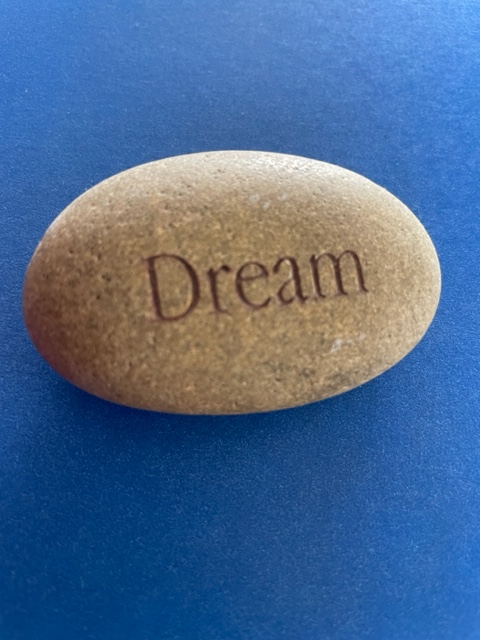
Visual Entertainment
In writing about dreams, Jonathan Leonard (1998) observers that: “The dreams most of us remember tend to be action-packed, emotional and strange. The dreamer is often falling, escaping or insecure.” In other words, dreams are entertaining! They might leave us with a sense of insecurity; however, typically we can handle this insecurity. If we can’t then we tend to wake up and feel reassured that this too thrilling action tale is to be found only in our dreams (and in the movies we watch and novels we read). What a remarkable source of entertainment – and we are usually located right in the midst of the action (much as is the case in some Internet fantasy games).
Telling a Story: There is another important feature of most dreams—especially if they are lengthy. They tell a story that might be not only entertaining but also filled with insights that can be of benefit to us (filling one of the other functions of dreams). Dreams can be great storytellers. Long before there was radio or television, stories were being told around an outdoor fire or at a dinner honoring a retiring employee. Often the story has many episodes—whether it be told in front of the living room fireplace or at a meeting hall: it may take many nights to tell the whole story or several different speakers to gain a full sense of what the honoree accomplished in life.
One of my dreamers reported that she was in the midst of enjoyed a mythic tale during the night. She couldn’t wait to fall asleep! It is a tale of heroism (on the part of the dreamer) that occurred during a recent war (WWII or Korean War). It never occurred in reality (the dreamer is much too young for either war). Thought not “real”, this dream has been played out many times in recent years for the dreamer. Furthermore, it plays out in great visual and narrative detail—to the extent that at times the dreamer believes that it really happened. Apparently, we don’t need computer-generated worlds in order to find ourselves actively involved in a heroic tale.
Passive and Active Dreams: An important distinction can be drawn here. Dynamically, the dream can be quite PASSIVE in character. The images engaged in the dream can be borrowed from other sources – such as a television show that the dreamer watched or a book that the dreamers was reading before going to bed. The dream content (as many dream researchers have noted—going back to Freud) can be made up of “day residue” (events that were engaged or observed by the dreamer during the previous day. Furthermore, the dreamer can sit back and be entertained – and perhaps even recipient of some wish-fulfillment. In these cases, the dream is indeed quite primitive—and the dreamer plays a passive role (much like a young child who is waiting to be fed.)
By contrast, the dream and dreamer can be quite ACTIVE. New stories are presented and visual scenes that never occur in the “real” world are displayed. I describe this as the “etch-a-sketch” process that can be engaged in dreams. We can fool around with many visual elements in a dream (just as we can with the lights placed on an etch-a-sketch board). Alternative visual displays can be produced and enjoyed by us: we create a beautiful mountain scene or mix together the baroque intricacies of a gothic cathedral with the consumable features of a gingerbread house. Bright lights are displayed along with a dancing Panda bear and a deck of play cards that are shuffling themselves. Any of these images will be unique. They should be fully appreciated for their creativity—and the source of this creativity in our psyche should be acknowledged—and perhaps even engaged more often during our waking hours.
The dream can be quite playful – meeting an important human need –as illustrated by Johan Huizinga (1968) in his portrayal of homo ludens (the fundamental need of human being to play). As observed by Donald Winnicott (2005), it is through play (as a child or adult) that gain a sense of self and ultimately a sense of well-being. When engaged in play, we can try out different behaviors without consequence. The dream can help us meet our homo luden need for play.
Our dream can serve as a playground for trying out something different without real-world consequence. While there might be “consequences” in the play offered in the dream, these consequences are only make-believe – just as playful jousting with wooden swords usually results in no actual wounds or defeat of a foe. The dream is truly capable of producing something new in a playful and inventive manner. It is creative and boundary shattering. In its playfulness, the dream can be generatively creative—which means that it cannot only be entertaining but also helpful to the dreamer in serving some of the other functions).





